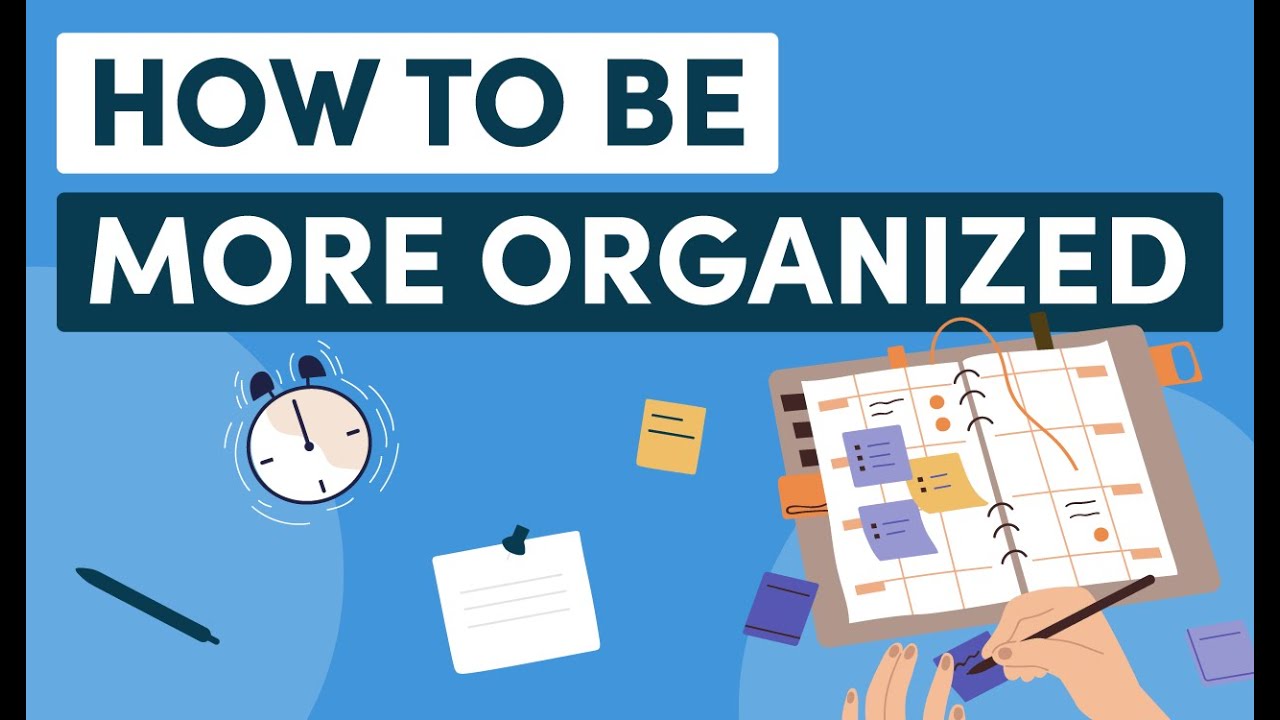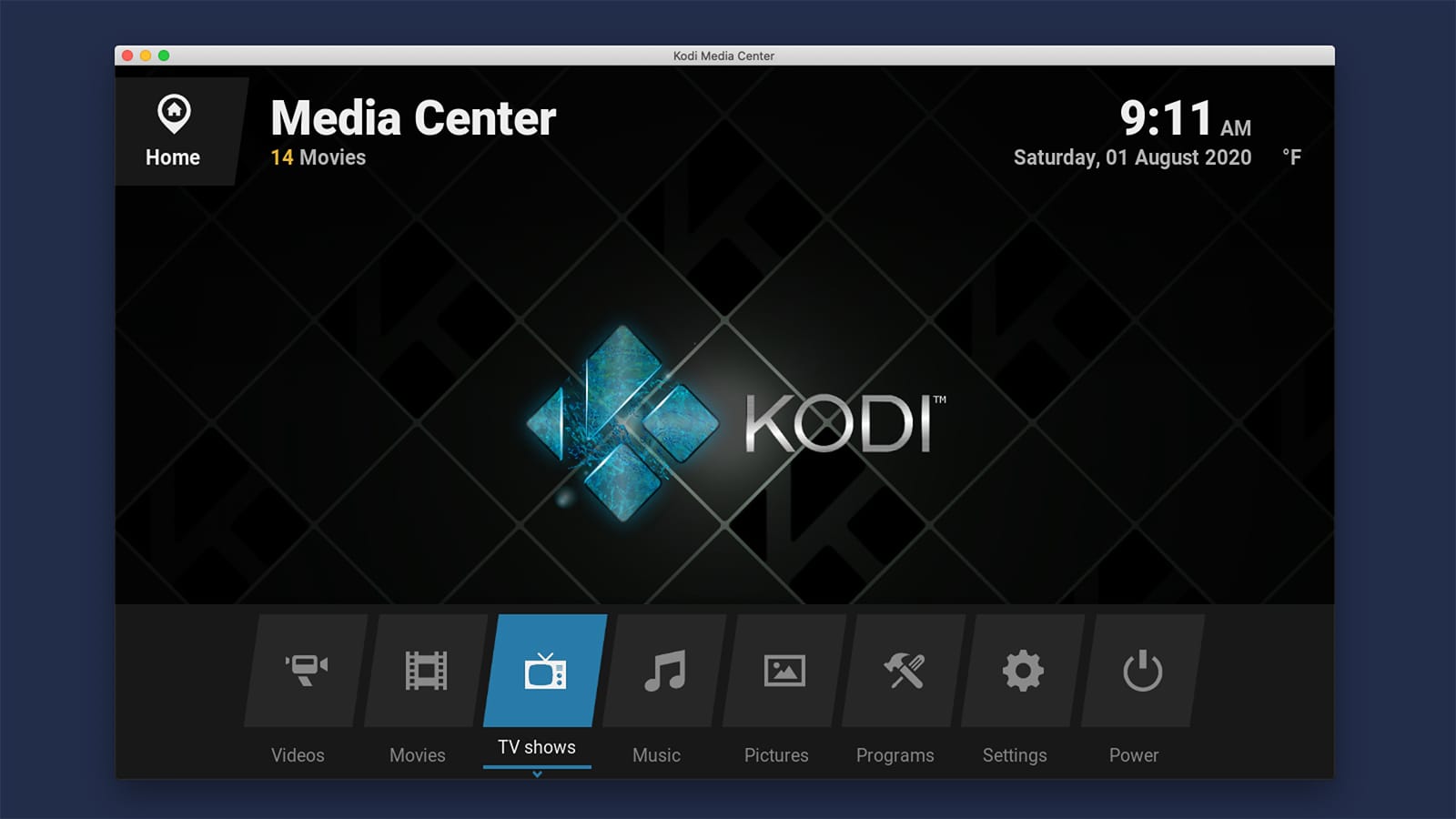Best Key Probability Distributions In Data Science
Introduction to Probability Distributions At the heart of data science are probability distributions, which give us a structured way to...
Great Ways To Make Your Website Speed Up Faster
These days, people have shorter attention spans, so how fast your website loads can make or break your online profile....
Enter the New Era of Mobile AI With Samsung Galaxy S24 Series
Introduction: With the release of the Samsung Galaxy S24 Series, Samsung is once again pushing the envelope as technology continues...
Top 13 Most Practical Tips To Stay Organized At Work
Introduction Practical Tips Being able to stay organized is a key skill for success and effectiveness in today's fast-paced workplaces....
InferKit: What Is It, How Does Work, Is Best AI-Based Generator?
As artificial intelligence (AI) changes all the time, InferKit has become a strong AI-based text generator that businesses, content creators,...
Best 12 Online Legal Services 2024
What is Online Legal Services? Online legal services refer to websites or platforms that offer a range of legal resources...
Top Best Money Earning Apps in 2024
In the fast-paced world of 2024, making money through apps is not only a trend, but also a safe way...
Top 10 Best WhatsApp Video Call Recorder Apps for Android in 2024
Communication nowadays would not be the same without video calling, especially with apps like WhatsApp. With more and more reasons—legal,...
Best 12 Cheap VPS hosting Providers in 2024
Having a reliable web hosting service is important for both businesses and people in today's digital world. Virtual Private Server...
Best 11 Online Legal Services 2024
The advent of Internet legal services has brought about a notable shift in the legal environment in recent times. These...











